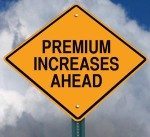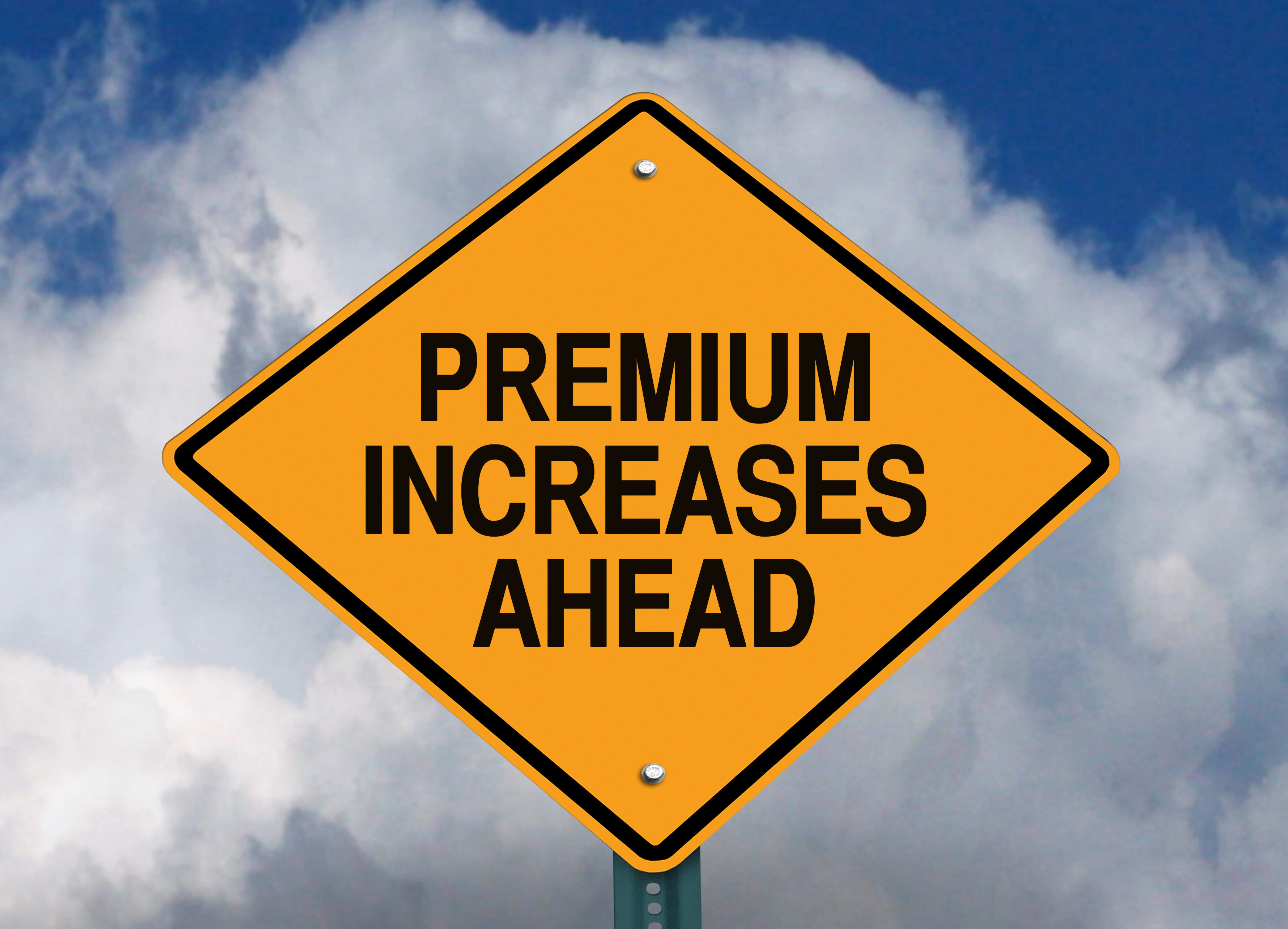Premiums will increase an average 7.5% for the second-lowest- silver  insurance plans offered next year in the 37 states where the federal government operates marketplaces, according to a Kaiser Foundation analysis data from the Department and Human Services (HHS).
insurance plans offered next year in the 37 states where the federal government operates marketplaces, according to a Kaiser Foundation analysis data from the Department and Human Services (HHS).
The HHS figures are based premiums for “silver” plans , the second-lowest category. Silver plan costs are used by the Internal Revenue Service to calculate tax credits available to people with incomes between 100% and 400% of the federal poverty line ($11,770 to $47,080 for an individual ) who purchase coverage on the federal or state-based marketplaces.
HHS urged consumers to shop on the exchanges to see if they can get a better deal. Last year, customers who switched plans within the same tier of coverage saved an average of nearly $400 per year after tax credits, compared to those who stayed in their same plans.
The largest increase among the 37 states was in Oklahoma, where the silver plan’s premium rose by an average of 36%. Other states with premium increases of more than 25% were Alaska, Montana and New Mexico.
The largest drop occurred in Indiana, where the average price of a silver plan will decrease by 13%. Average premiums will also drop in Maine, Mississippi and Ohio.
HHS also released changes in a sampling of prices in 30 regions, showing increases of 15% or more in Albuquerque-Santa Fe, NM; Charlotte and Raleigh-Durham, NC; Kansas City, Mo.; Oklahoma City and Tulsa, OK; Nashville, TN; Phoenix, AZ; Portland, OR.; and Salt Lake City, UT.
Cities where HHS noted that prices dropped included Cleveland, OH; Detroit, MI; Indianapolis, IN; Tampa-St. Petersburg, FL; and San Antonio, TX.
HHS did not provide a breakdown of how much average plans will cost in dollar figures in each state and these regions. Consumers can search for prices using their zip code on the marketplace website, Healthcare.gov.
Kaiser noted that some locations with large increases were exceptionally cheap last year, so their actual cost may be in line with national trends even with price jumps. One example is Phoenix’s benchmark plan, which is going up 19% next year; the cheapest 2015 silver plan in Phoenix had the lowest premiums in the nation, costing a 40-year-old $166 a month.
Other places seeing price spikes already have expensive insurance. In Alaska, which this year was the nation’s most expensive region with a 40-year-old paying $488 for the cheapest silver plan, the cost of the benchmark silver plan is going up 32%.
Other rate analyses are also estimating increases in the 2016 benchmark plans. An updated Kaiser Family Foundation analysis found that premiums for benchmark plans in major cities in 48 states and the District of Columbia would rise an average of 10.4% next year before accounting for the tax credits. For comparison, benchmark rates in those cities were essentially flat in 2015 before accounting for tax credits.
The HHS analysis also found that nearly eight in 10 people who had marketplace coverage in 2015 will be able to purchase health insurance that costs less than $100 per month next year once the law’s monthly tax credits are applied. About seven in 10 returning consumers will be able to buy a plan for $75 per month in 2016 with tax credits.





